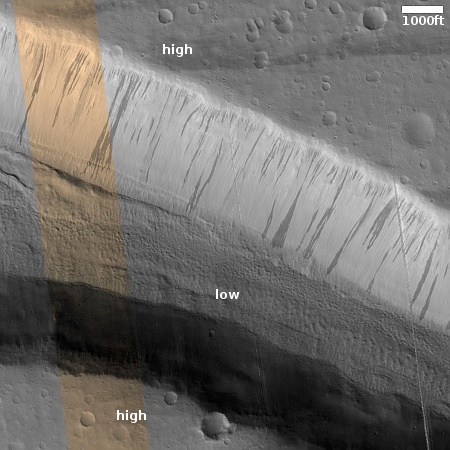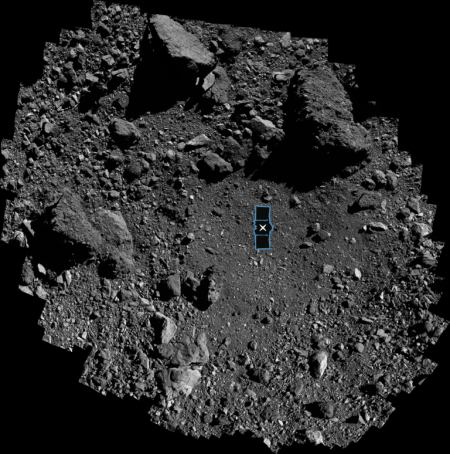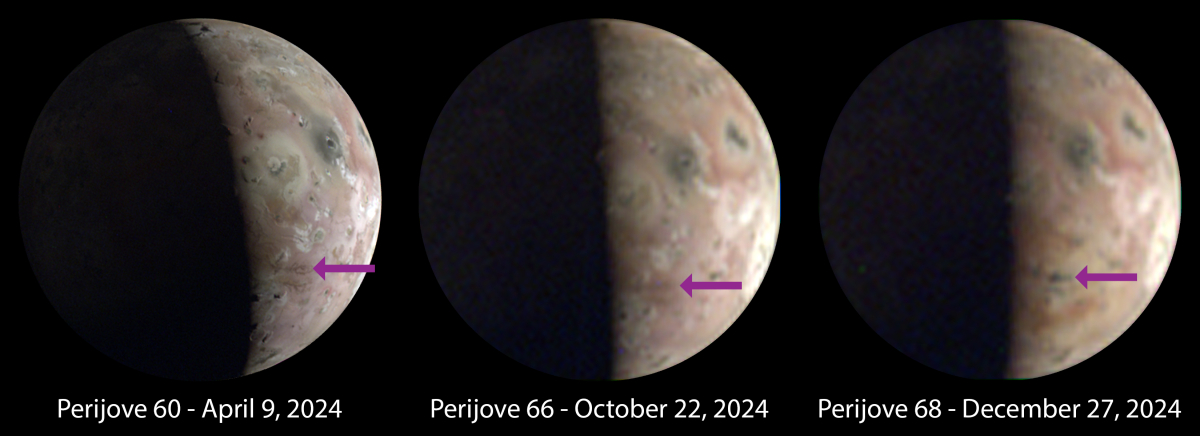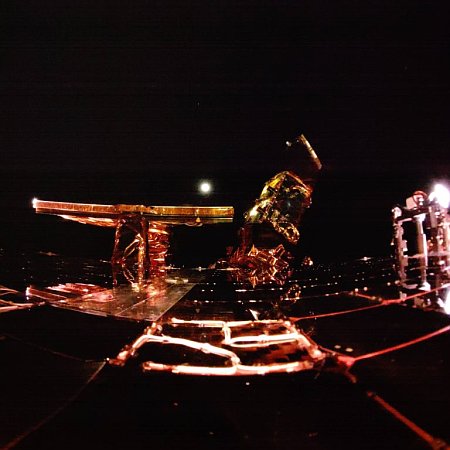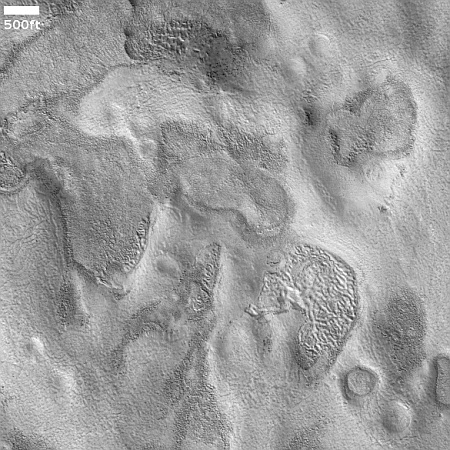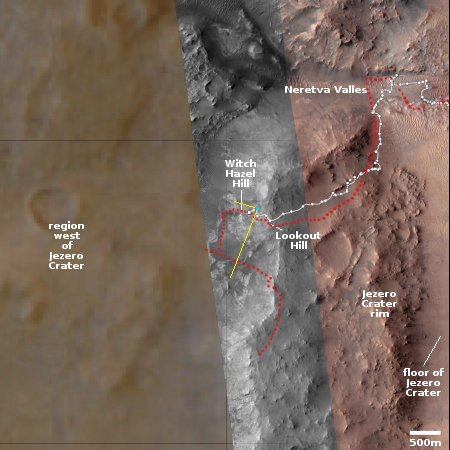A big crack on Mars
Cool image time! The picture to the right, cropped, reduced, and sharpened to post here, was taken on September 1, 2024 by the high resolution camera on Mars Reconnaissance Orbiter (MRO). It shows what the scientists label “a fracture with clays.”
This canyon is about a mile and a half wide, with the floor ranging from 800 to 1,100 feet to the rim. It was not formed initially by any ice or water flow, but by a spreading of the crust, forcing cracks to form that might have later been modified by wind, ice, or water. The presence of clays in this canyon strengthens that later ice/water modification, as clays require water to form.
The streaks on the northern wall are slope streaks, an unexplained phenomenon unique to Mars. While at first glance they look like avalanches, they have no debris piles at their base, and do nothing to change the topography. In fact, streaks can sometimes go uphill for short distances, following the surface. They happen randomly throughout the year, and fade with time.
It is believed their cause is related to dust avalanches, but this is only one of a number of theories that attempt to explain them. None is entirely satisfactory.
» Read more
Cool image time! The picture to the right, cropped, reduced, and sharpened to post here, was taken on September 1, 2024 by the high resolution camera on Mars Reconnaissance Orbiter (MRO). It shows what the scientists label “a fracture with clays.”
This canyon is about a mile and a half wide, with the floor ranging from 800 to 1,100 feet to the rim. It was not formed initially by any ice or water flow, but by a spreading of the crust, forcing cracks to form that might have later been modified by wind, ice, or water. The presence of clays in this canyon strengthens that later ice/water modification, as clays require water to form.
The streaks on the northern wall are slope streaks, an unexplained phenomenon unique to Mars. While at first glance they look like avalanches, they have no debris piles at their base, and do nothing to change the topography. In fact, streaks can sometimes go uphill for short distances, following the surface. They happen randomly throughout the year, and fade with time.
It is believed their cause is related to dust avalanches, but this is only one of a number of theories that attempt to explain them. None is entirely satisfactory.
» Read more

